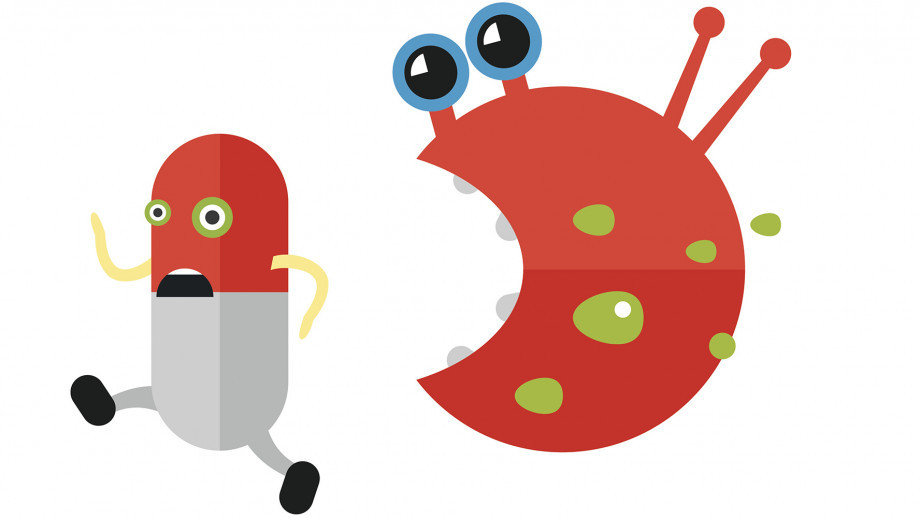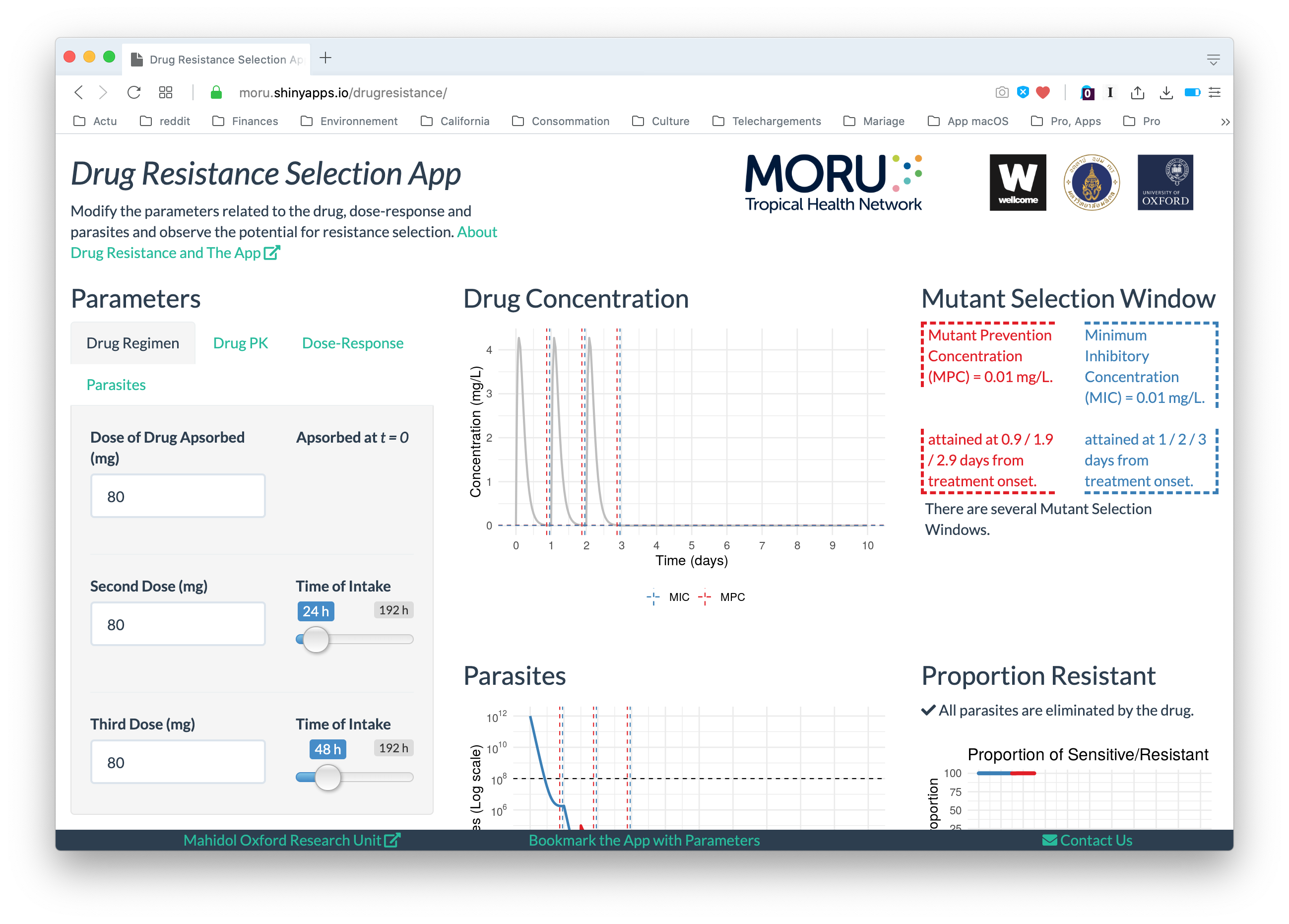Drug Resistance Selection App

Drug resistance happens when microorganisms (such as bacteria, viruses, and parasites) change in some way that reduces or eliminates the effectiveness of antimicrobial drugs (such as antibiotics, antivirals, and antimalarials). As a result of drug resistance, infections persist in the body, causing more harm and increasing the risk of spreading to others.
Resistance can appear through random mutations that occur in the DNA of microorganisms’ cells during replication. Microorganisms that develop antimicrobial resistance are sometimes referred to as “superbugs” and are an important concern as we witness the declining efficiency of several antibiotics, cancer treatments and other important drugs.
Malaria resistance has followed a cyclical pattern for decades: for any given drug (chloroquine, mefloquine, …), resistance emerges in SE-Asia before expanding to other parts of the world. To explore the subject of drug resistance and learn why the gin and tonic (which contains quinine) has lost some effectiveness in preventing malaria, read this article on Nature.com.
The model and the App I developed with Prof. Lisa White focuses on how the mechanism of a drug and its dosing will either foster or prevent the emergence of drug resistance. The App is designed to allow the user to explore the concept of the window of selection as presented in this journal article by Nick White.
If a resistant parasite emerges from a pool of 100,000+ parasites, the App illustrates that giving a low dose to a patient could help that one resistant parasite to thrive and overtake many non-resistant ones. We hope that this App makes clear that patient adherence to a proper dosing of drugs is critical to preventing drug resistance.
